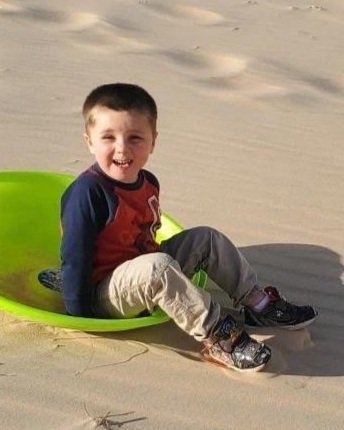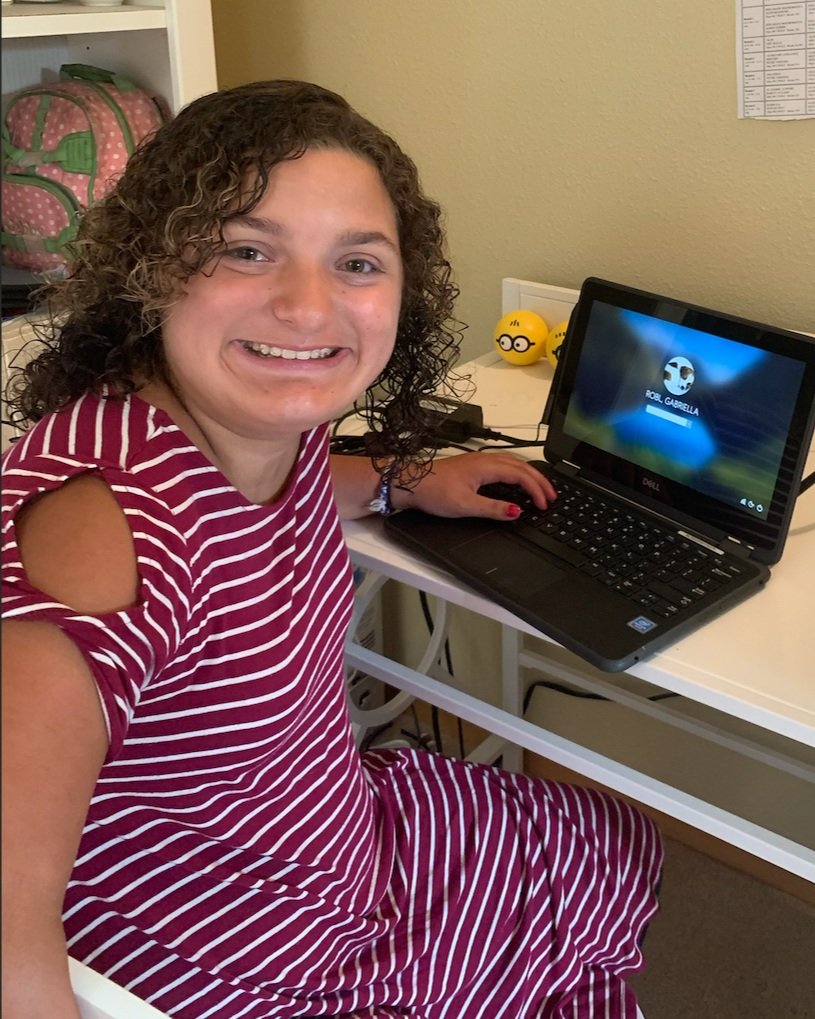
KDM5C Advocacy, Research, Education & Support
Our mission is to improve the lives of those affected by KDM5C genetic variants through advocacy, research, education and support for affected individuals and families.
Make a donation to support KARES today.




















What is KDM5C?
KDM5C is a master regulator gene that controls how other genes are turned on & off in our bodies. A variant or change in this gene causes dysregulation and impaired neural function in all parts of the body throughout a person’s lifetime. This makes it challenging to study and difficult to target for therapeutics.
KDM5C is a protein that controls the expression of a number of genes that are involved in a range of cellular processes. It is expressed in most cells of the body but is particularly important in neurons, where it is needed for developing neural networks.
Genetic variants that disrupt the KDM5C gene cause Claes-Jensen syndrome, which is characterized by an array of developmental and cognitive changes. These genetic variants can range in severity, some leading a small change to the KDM5C protein, while others result in no KDM5C protein being produced.
DNA changes within the KDM5C gene can occur within the affected individual (de novo) or can be inherited via the X-chromosome. KDM5C genetic changes are associated with a range of symptoms. Some of the most commonly reported characteristics include:
Altered muscle tone
Anxiety
Attention Deficit Hyperactivity Disorder
Autism
Challenging behavior
Developmental delay
Epilepsy
Gastrointestinal issues
Intellectual disability
Motor delays
Ocular findings
Short stature
Speech impairment
